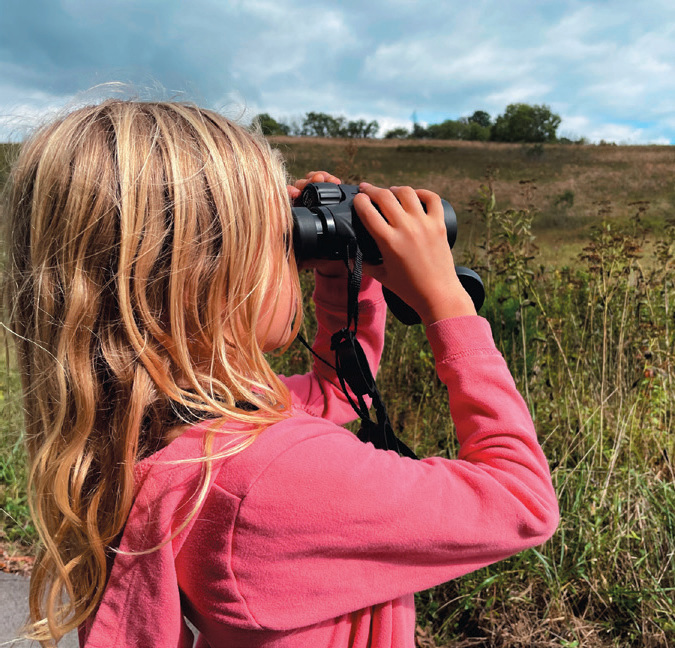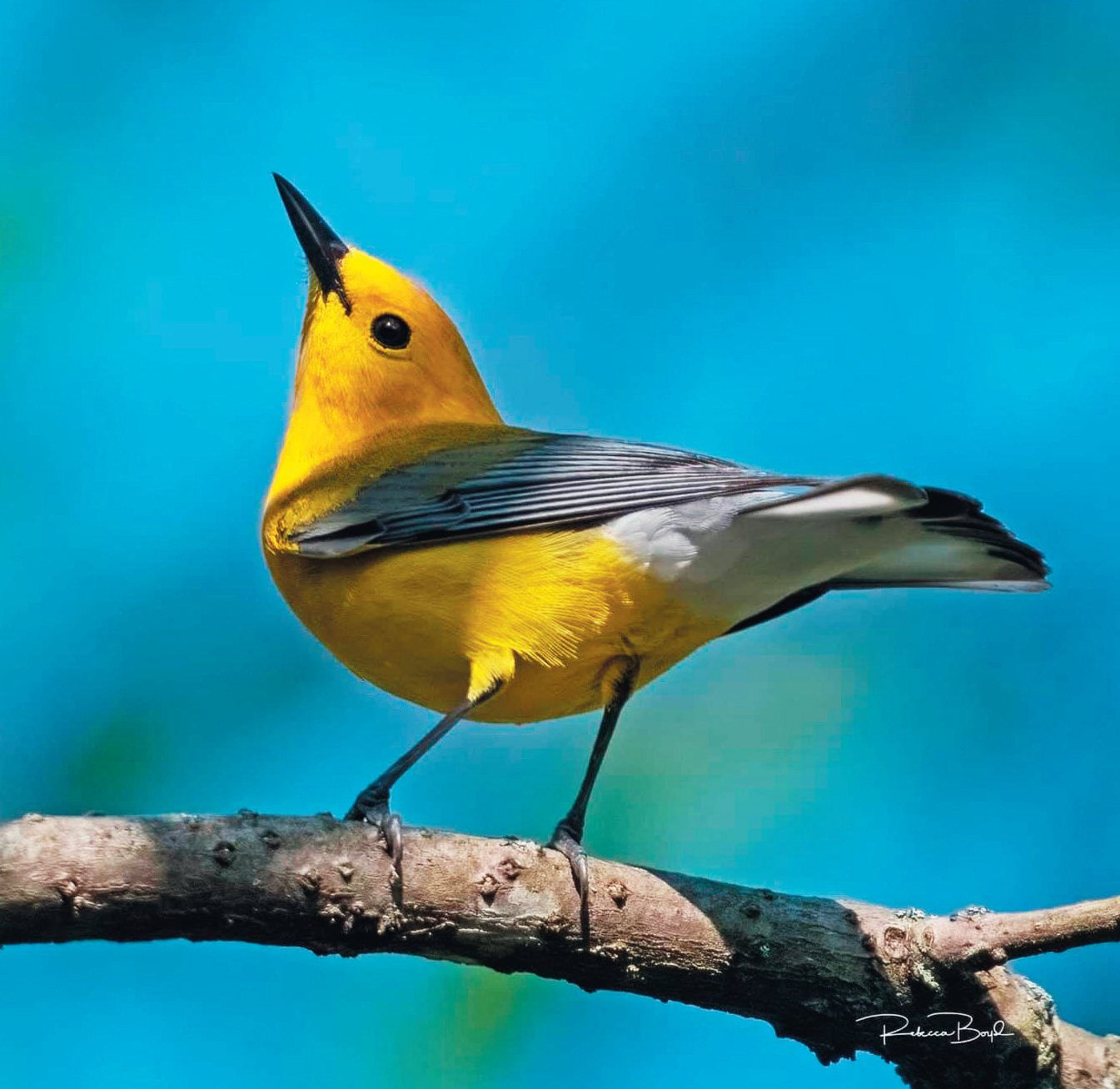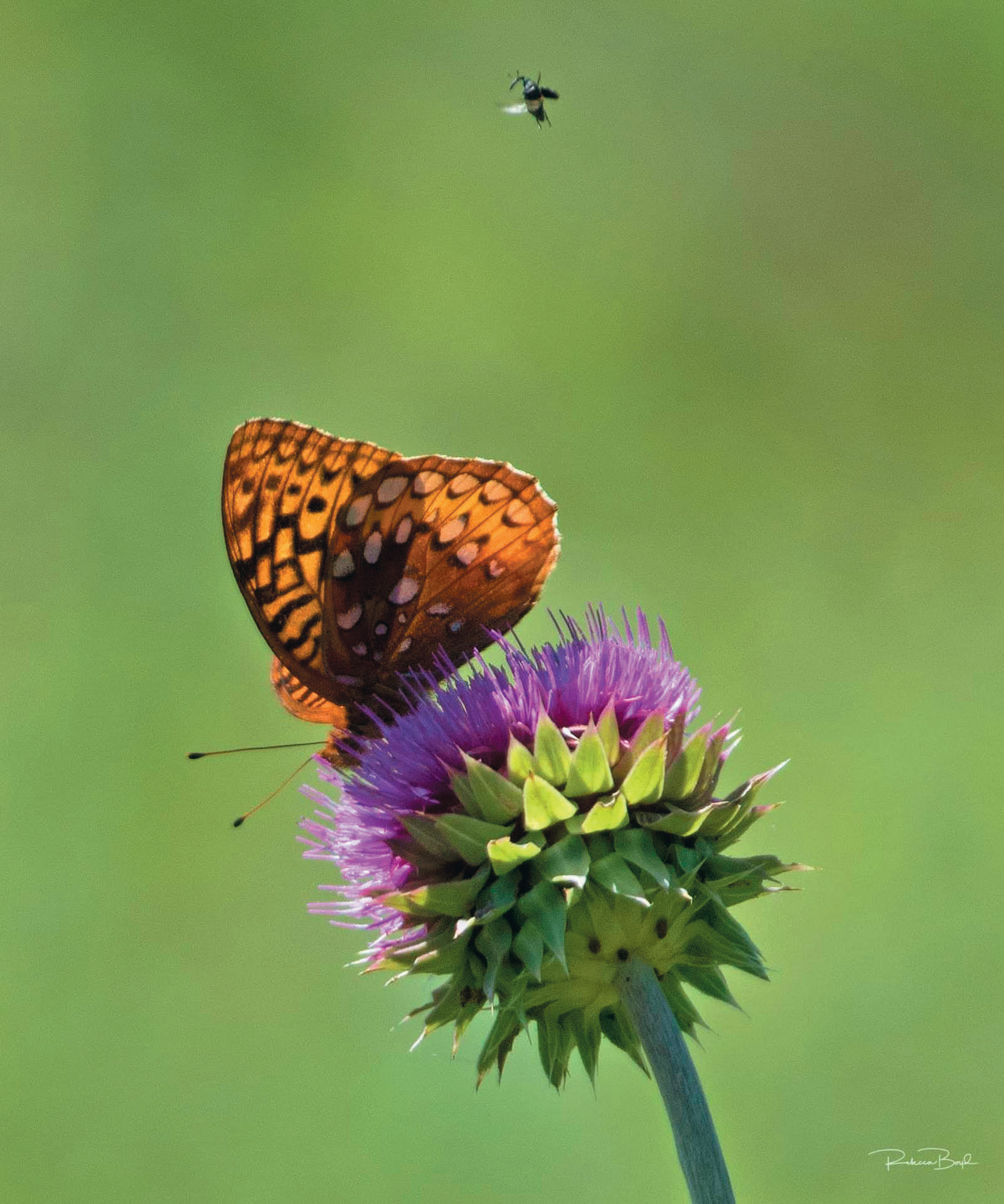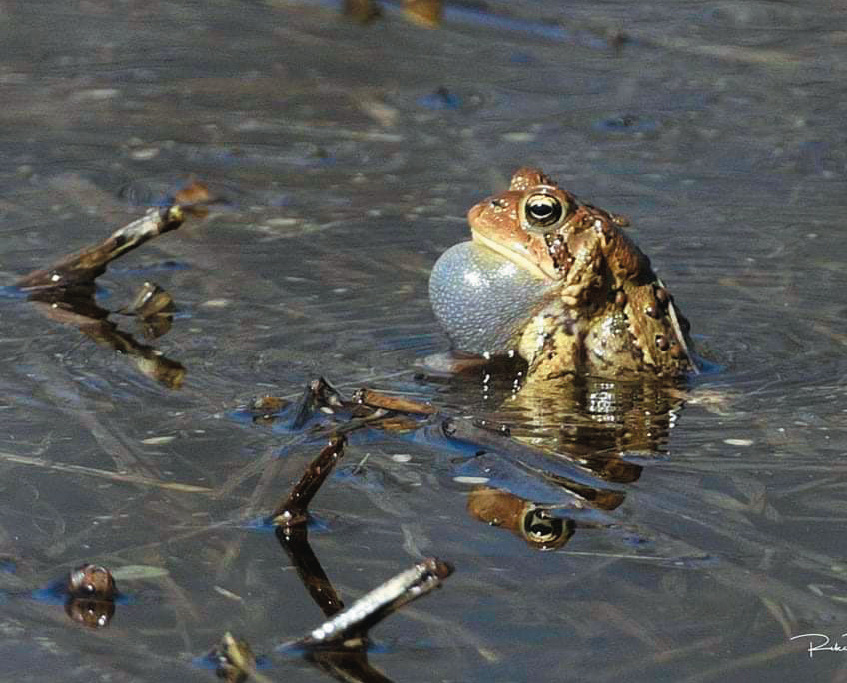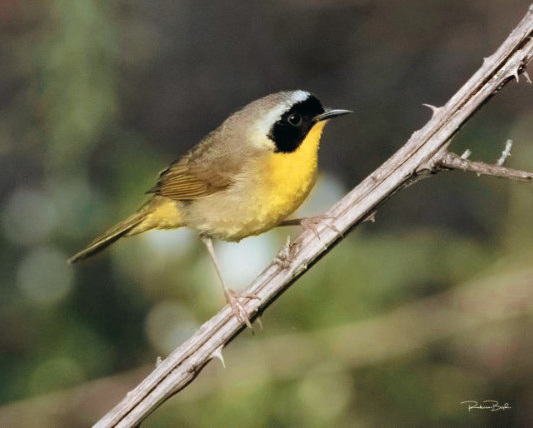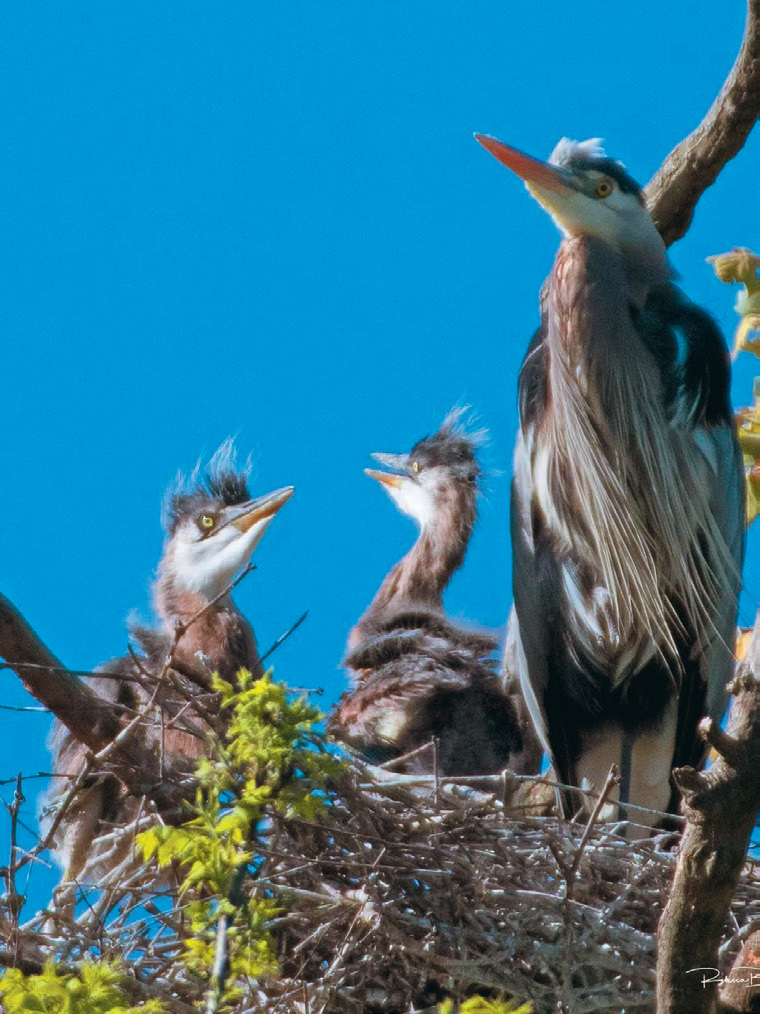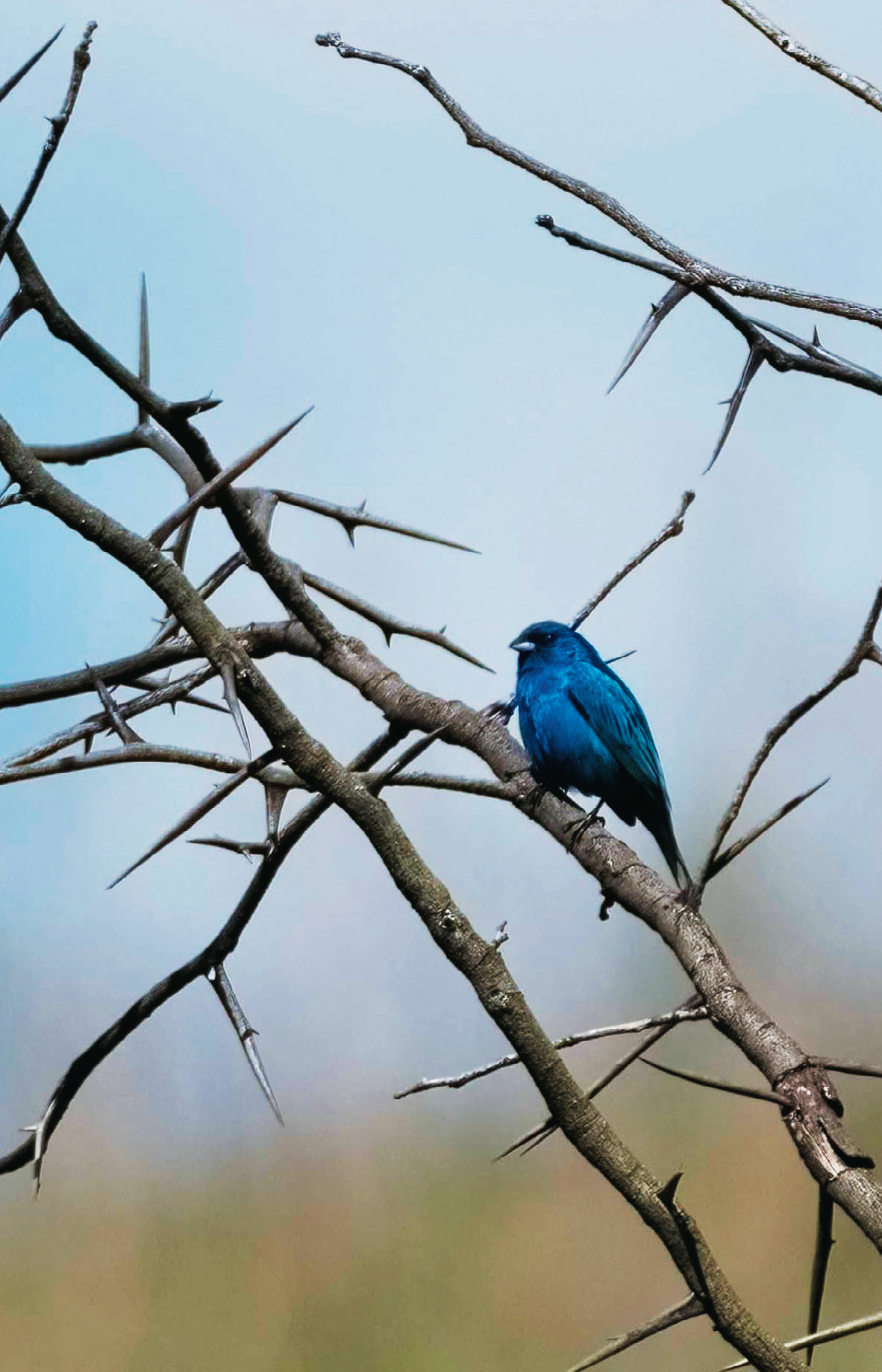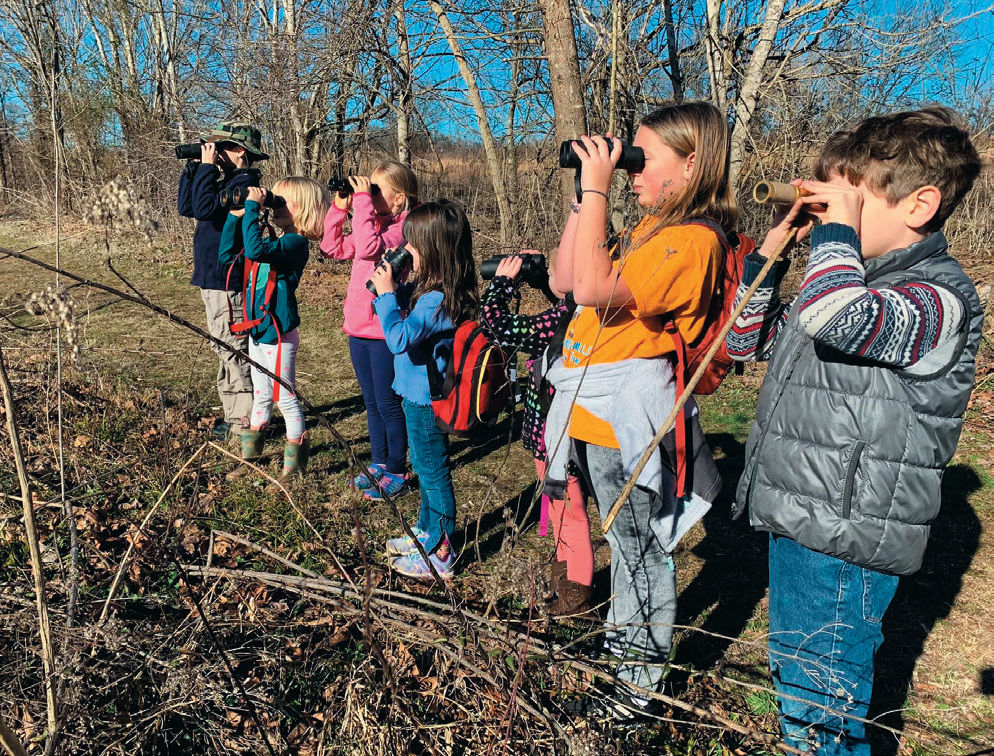While you can find a variety of bird species in pretty much any state park across Tennessee, there is only one park that was specifically set aside for the protection and enjoyment of birds. In fact, it’s right there in the name of Seven Islands State Birding Park in Kodak, one of the system’s newer state parks.
And as you might expect from that name, there are birds aplenty. More than 415 acres of aquatic and natural grassland habitats have made it possible for 222 species of birds to be spotted here.
“We were set up to intentionally manage habitat for birds, which makes birding here an exceptional experience,” says Park Manager Justine Cucchiara, who has been the park’s one and only manager.
In fact, Cucchiara managed the area even before it became a state park, when it was a wildlife refuge. The land was acquired in 2002 for a refuge through the combined efforts of the Seven Islands Foundation and Knox County Parks and Recreation. After spending time with a machete, clearing weeds as a member of AmeriCorps at the refuge, Cucchiara became the manager. The state later acquired the refuge and made it the 56th state park in 2014, and she transitioned to become the new park’s manager.
 A year after the land became a state park, staff began counting annual visitors. That first year, the number was 70,000. At the height of the pandemic, that number had exploded to half a million and remains at about 400,000 a year.
A year after the land became a state park, staff began counting annual visitors. That first year, the number was 70,000. At the height of the pandemic, that number had exploded to half a million and remains at about 400,000 a year.
“Birding became one of the most popular pastimes during the pandemic,” Cucchiara says.
That popularity has been aided by phone apps like Merlin and eBird that help even newbie birders identify the birds they are hearing and seeing. You can literally sit on your porch in the morning with your cup of coffee and use the apps to identify the birds you hear greeting a new day.
Cucchiara says that for serious birders, it can be like a competitive sport. They use the phone apps to log the birds they’ve spotted, including “life birds” on once-in-a-lifetime trips.
“The economic impact birders have is incredible,” Cucchiara says. “They spend seven times more than the average tourist. A lot are retired and have disposable income.”
But you don’t have to be retired or wealthy to get into birding. Both the Merlin and eBird apps, offered by the Cornell Lab of Ornithology, are free. These apps are linked and have a database of more than 1 billion bird sightings. A starter pair of binoculars can be bought for $15 to $20.
The full experience
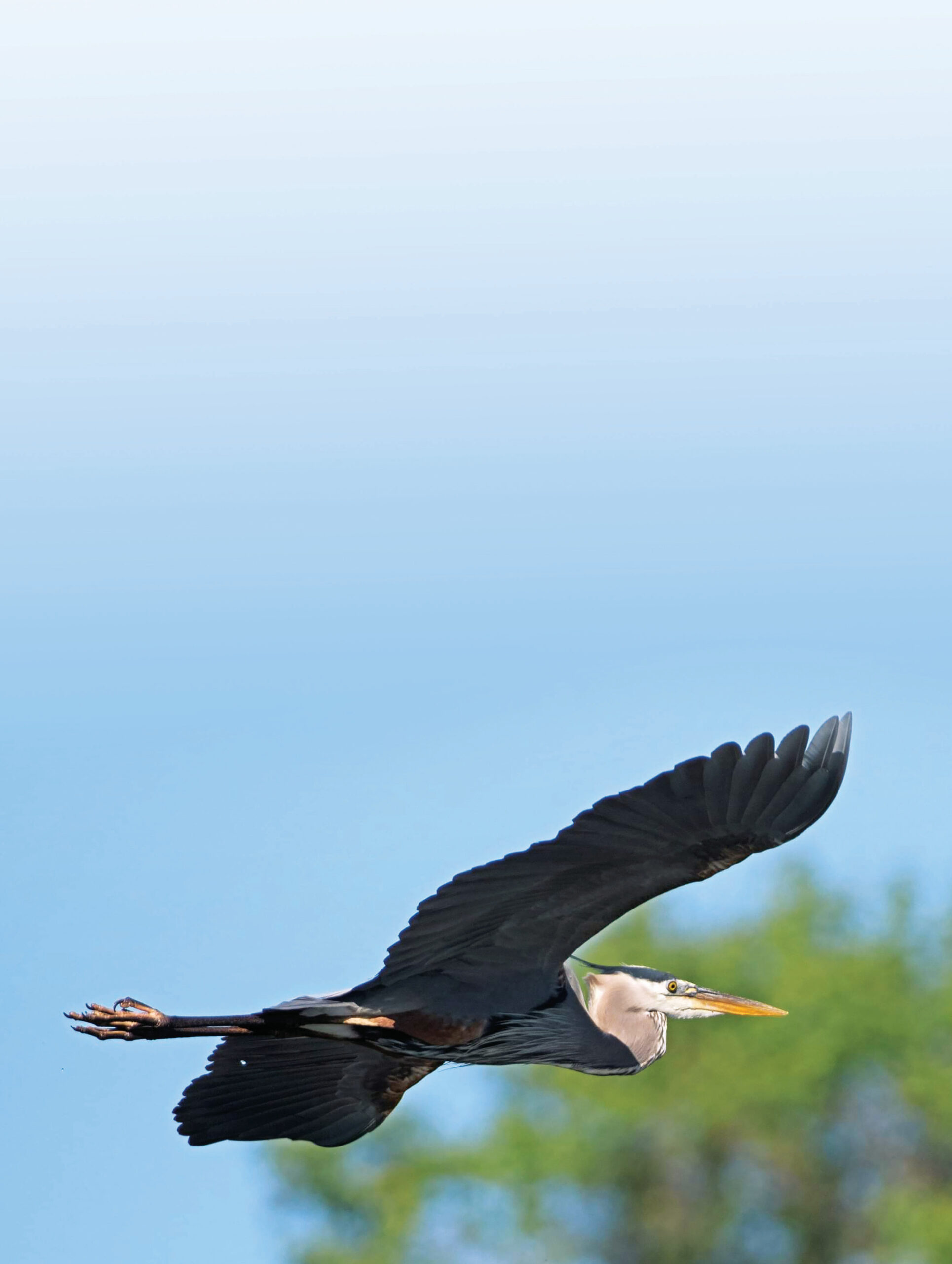
Whether you are a new or experienced birder, this park is for you. Staff conduct beginning birder hikes if you’re newer to the pastime. Public bird-banding events are also held at the park.
Though the main focus is birds, Cucchiara points out that visitors can enjoy the park in other ways. Programs on native and edible plants are offered as are full-moon hikes. She wants to bring in more programming about the French Broad River, which borders the park on three sides, and the history of the area, including Native peoples, cultural resources, traditional uses and river life — all of which played a role in shaping the region.
In October each year, the park plays host to Sturgeon Fest, an event where visitors can reserve a time to release a baby sturgeon into the river as well as peruse the vendors and exhibitors.
Cucchiara would like to see more visitors enjoying the 9 miles of trails in the park. She says most people stick to the paved, ADA-accessible 1.25-mile trail, but there are also grassy trails that provide some nice peace and quiet.
You can ride your bicycle in the park, but this is restricted to the paved trail and pedestrian bridge.
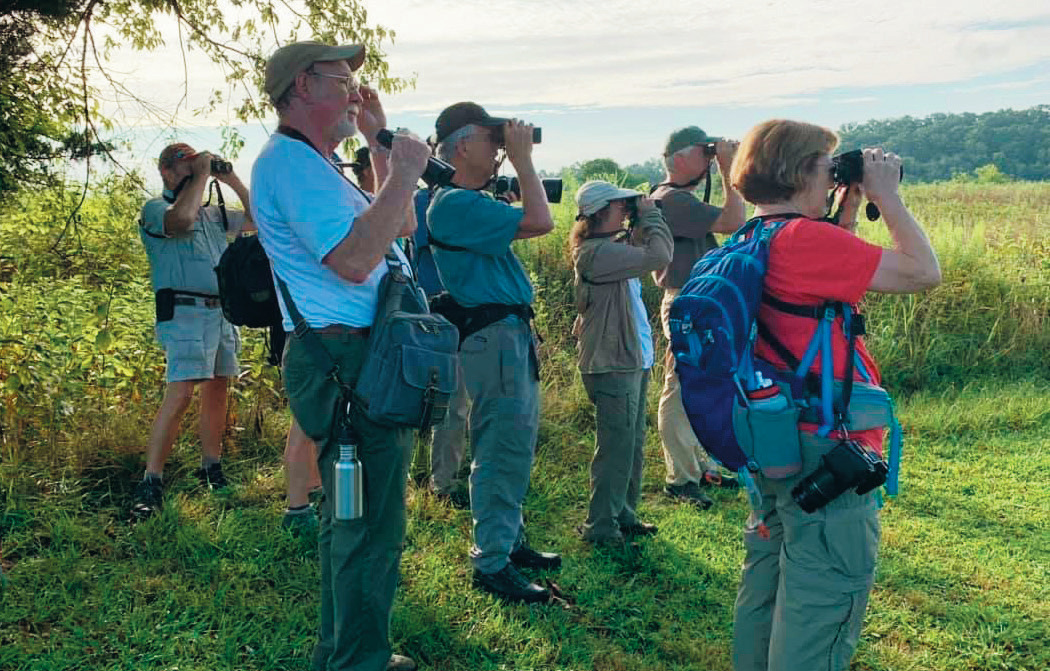
There is also a small boat launch for fishing in the French Broad River.
Management — now and in the future
The incredible rise in use at Seven Islands does pose challenges, and Cucchiara and her small staff are working hard to ensure that the park’s resources aren’t being overused and balancing that with making sure visitors have the facilities they need.
“The Northern bobwhite is the species we aim to please,” she says.
Doing so helps with the other species. Staff also burn about a third of the property each year to keep the early successional grassland habitat healthy.
Cucchiara says working with people who are really passionate about their jobs is very rewarding.
“It’s a purpose-driven profession,” she says. “I get to take care of this little piece of East Tennessee. It’s such a gift and privilege to be its steward. I see the progress year after year, and this improves the quality of life for the animals and visitors.”




